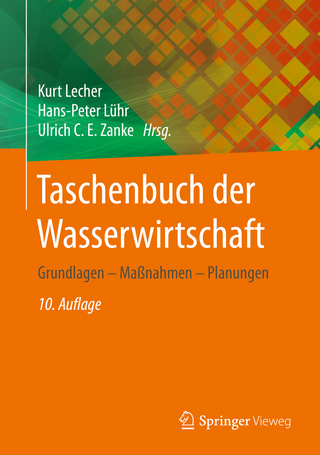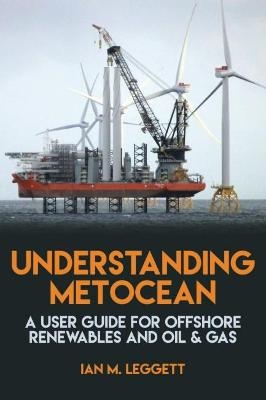
Numerical Weather and Climate Prediction
Cambridge University Press (Verlag)
978-0-521-51389-0 (ISBN)
This textbook provides a comprehensive yet accessible treatment of weather and climate prediction, for graduate students, researchers and professionals. It teaches the strengths, weaknesses and best practices for the use of atmospheric models. It is ideal for the many scientists who use such models across a wide variety of applications. The book describes the different numerical methods, data assimilation, ensemble methods, predictability, land-surface modeling, climate modeling and downscaling, computational fluid-dynamics models, experimental designs in model-based research, verification methods, operational prediction, and special applications such as air-quality modeling and flood prediction. This volume will satisfy everyone who needs to know about atmospheric modeling for use in research or operations. It is ideal both as a textbook for a course on weather and climate prediction and as a reference text for researchers and professionals from a range of backgrounds: atmospheric science, meteorology, climatology, environmental science, geography, and geophysical fluid mechanics/dynamics.
Tom Warner was a Professor in the Department of Meteorology at the Pennsylvania State University before accepting his current joint appointment with the National Center for Atmospheric Research and the University of Colorado in Boulder, Colorado. His career has involved teaching and research in numerical weather prediction and mesoscale meteorological processes. He has published on these and other subjects in numerous professional journals. His recent research and teaching has focused on atmospheric processes, operational weather prediction, and arid-land meteorology. He is the author of Desert Meteorology (2004), also published by Cambridge University Press.
Preface; List of acronyms; List of symbols; 1. Introduction; 2. The governing systems of equations; 3. Numerical solutions to the equations; 4. Physical-process parameterizations; 5. Modeling surface processes; 6. Model initialization; 7. Ensemble methods; 8. Predictability; 9. Verification methods; 10. Experimental design in model-based research; 11. Techniques for analyzing model output; 12. Operational numerical weather prediction; 13. Statistical post processing of model output; 14. Coupled special-applications models; 15. Computational fluid-dynamics models; 16. Climate modeling and downscaling; Appendix. Suggested code structure and experiments for a simple shallow-fluid model; References; Index.
| Erscheint lt. Verlag | 2.12.2010 |
|---|---|
| Zusatzinfo | Worked examples or Exercises; 20 Tables, black and white; 88 Halftones, black and white; 106 Line drawings, black and white |
| Verlagsort | Cambridge |
| Sprache | englisch |
| Maße | 195 x 250 mm |
| Gewicht | 1300 g |
| Themenwelt | Naturwissenschaften ► Geowissenschaften ► Meteorologie / Klimatologie |
| ISBN-10 | 0-521-51389-8 / 0521513898 |
| ISBN-13 | 978-0-521-51389-0 / 9780521513890 |
| Zustand | Neuware |
| Haben Sie eine Frage zum Produkt? |
aus dem Bereich


